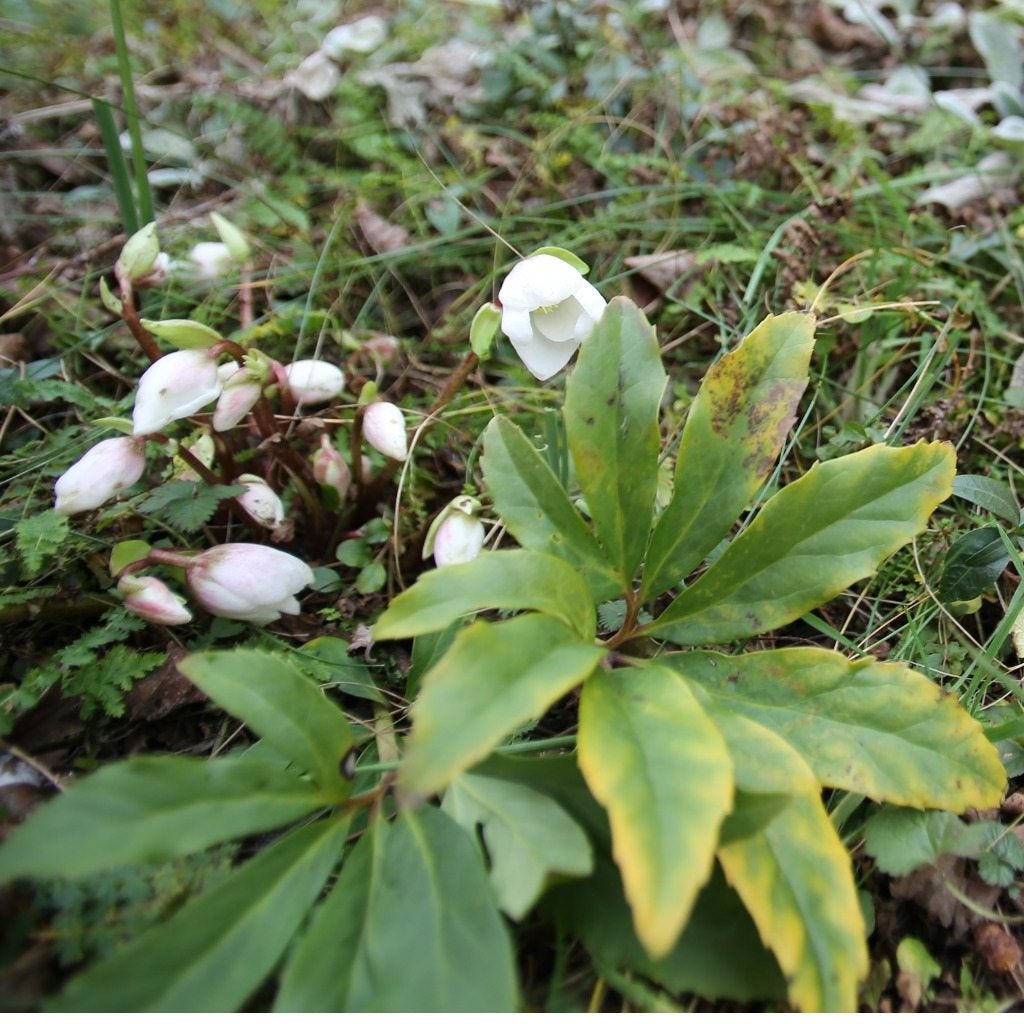Help, My Hellebore Is Browning – Reasons For Brown Hellebore Leaves


Hellebore is a beautiful and hardy perennial flower with early spring blooms that brighten up gardens after a long winter. Hellebore is generally easy to grow and care for, but you may find that you sometimes get unattractive, brown hellebore leaves. Here’s what it means and what to do about it.
My Hellebore is Browning – Why?
First, it helps to understand your hellebore plants. These are evergreen to semi-evergreen perennials. Whether the greenery lasts all winter, or you get hellebore turning brown depends on your climate zone. Generally, hellebore is evergreen in zones 6 through 9. In colder climates, these plants may be semi-evergreen. Hellebore is hardy to zone 4, but in zones 4 and 5, it will not fully behave as an evergreen perennial. Browning hellebore plants can usually be explained by the semi-evergreen nature in certain climates. If you are in a zone in which hellebore behaves as a semi-evergreen plant, some of the old foliage will brown and die back in the winter. The colder your climate, or a particular winter season, the more browning you will see. If your hellebore leaves are turning brown, or even yellow, but you live in a warmer climate, in which it should be an evergreen plant, don’t assume the discoloration is a disease. If you have a spell of bad weather—colder and drier than usual—the browning is probably damage related to the conditions. Snow actually helps to protect hellebore leaves vulnerable to this damage, as it provides insulation and protection from dry air. Whether your hellebore is browning naturally because of your climate, or it’s damaged because of bad weather, it will likely survive to grow new foliage and blooms in the spring. You can trim off the dead, brown leaves, and wait for the new growth to come back in.
Sign up for the Gardening Know How newsletter today and receive a free copy of our e-book "How to Grow Delicious Tomatoes".

Mary Ellen Ellis has been gardening for over 20 years. With degrees in Chemistry and Biology, Mary Ellen's specialties are flowers, native plants, and herbs.